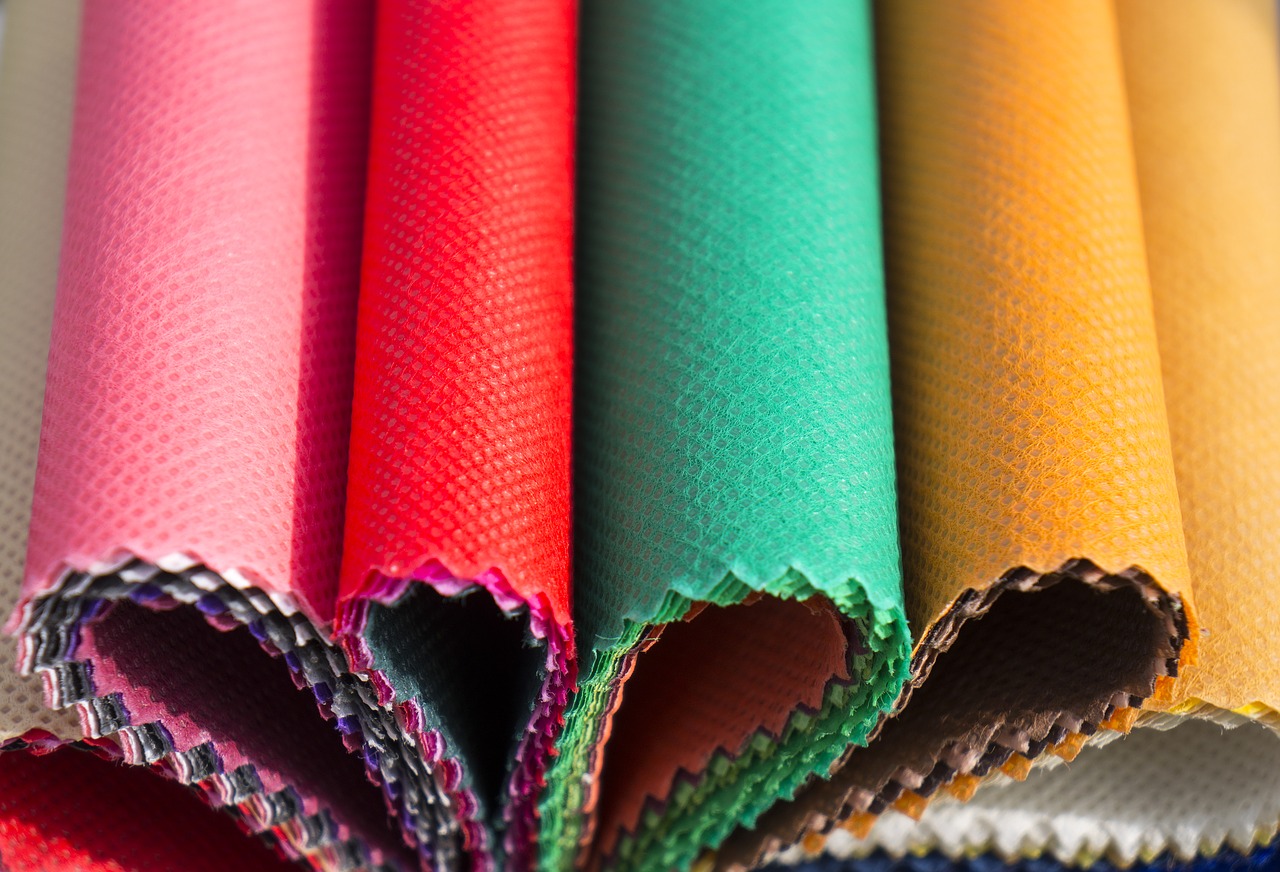The Difference Between Woven and Non Woven Bags

With the global fight against the use of plastic bags(#SAVETHETURTLES), commonly known as paper bags, people are starting to look at plastic bags alternatives. As a result, recycle bag printing has become a lucrative business around the globe. An example of this industry’s products are woven and non woven bags, aka Auntie goodie bags. These come in handy whenever you are going grocery shopping especially when they are even more durable than plastic bags.
However, many people may not realise the differences between these two types of bags. In the world of promotional gifts, they are a staple product that companies use to promote their brand. In this article, we break everything down to give you a clear picture of the woven and non-woven bags.
Difference in Texture and Appearance
Both woven and non woven bags are great and can both be customised. Each bag has its unique benefits and characteristics. But what is the difference between the two?
Woven bags are usually made from fabric that has been woven together. This gives the fabric strength. Usually, individual threads are joined to make one piece of material. The process is repeated so as to come up with a strong piece of cloth. The cloth is then used to make the woven bags.
Woven tote bags, due to their woven structure, have a texture similar to fabric. They often have a smooth canvas-like surface that can be printed or dyed in various colours and designs. In comparison to the smooth surface of woven tote bags, non-woven bags may have more fibre or felt-like structure. They may have a softer feel and can be produced in various colours and finishes.
Non woven bags, on the other hand, are usually manufactured. Although they are also made of fabrics, the fabrics are usually entangled together rather than being woven. This can be done mechanically, chemically or thermally depending on the product that is being used. In terms of strength, Woven bags are more resilient. This is because the threads of woven bags are tied together as compared to non woven bags where the threads are entangled.
It is important to note that both woven and non-woven bags are a part of the recycle bag printing business. This is because they are both made from recycled materials. The only difference comes in the way they are built.
Woven Bags’ Pros and Cons
Woven bags can be made in a variety of weaving styles. However, three common weave styles are used. These are twill, satin weave, and plain weave. Each weaving style is unique and the style to be used will be dependent on the kind of bag being made.
Woven bags are a classic and have been around for quite some time. However, it is interesting to see the emerging trends in Singapore and the rest of the world. One major trend is the bucket bag that can be used for grocery shopping as well as a handbag. Woven bags can also be used as tote bags, clutch bags, and even satchel bags.
Pros
- They are flexible and able to maintain their shape
- They are reusable
- They are suitable for machine washing
Cons
- They act as carriers for bacteria and other germs
- They are not suitable for meat and vegetables as these foods will come into direct contact with the bacteria
- They are not water resistant
Non Woven Bags’ Pros and Cons
Non woven bags are more versatile as compared to the woven bags. Because they are also made of fabric, they offer almost similar advantages. However, non woven bag printing in Singapore is more common because they are much more affordable. It is for this reason that they are mainly used in Arts and Crafts.
A customised non woven bag is a major trend when it comes to these bags. This is especially true for companies and organisations that use them as promotional gifts that promote brand recognition. Non woven bags come with many customisations and printing options as compared to woven bags.
Pros
- They are reusable
- They have water absorption properties
- They are less expensive than woven bags
Cons
- They are not as strong as woven bags and are hence less durable
- They cannot be washed
- They harbour bacteria and other harmful germs
For creative minds, consider making your bag reversible. If one side of your bag is a loud design, the reverse side could be a simple one. It is tested and proven that people love to have options. If you can’t settle for one design, give your recipients two and they will surely remember you.
What are the Benefits of Woven and Non Woven Bags to Industries in Singapore?
Both the woven and non woven bags come with many advantages and uses. They can be used in a variety of industries in Singapore.
Woven bags, for example, can be used in the food packaging industries. They can be used to package food such as rice, flour, and maize. The bags also play an important role in the tourism and transport industry. Here, they can be used to make travel bags, temporary tents as well as sunshades.
On the other hand, the benefits of non woven bags should also not be overlooked. They are especially used to make branded tote bags for different organisations. Because they are easily affordable, non woven bags can also be used for daily necessities such as shopping bags and logistics bags.
Cost-effectiveness
Do you wonder why woven and non-woven bags is such a popular item to be made as goodie bags or gift bags? The production cost of non-woven bags is generally more cost-effective than woven tote bags, making them a popular choice for promotional items, giveaways and single-use applications.
Environmentally Friendly
Since Non Woven Bags are somehow made from plastics, what makes them Environmentally Friendly?
Truthfully, the environmental impact of non-woven bags is a complex issue. They are made from plastics, which is a non-renewable source. However, they are more durable and reusable than traditional plastic bags. Therefore, they can help to reduce the amount of plastic waste that eventually adds up in landfills and oceans. #youarenotsavingtheturtles (and of course, you have to remember to bring your reusable bags out when grocery shopping!)
Ultimately, the environmental impact of non-woven bags depends on how they reused and disposed of. If they are reused multiple times and recycled at the end of their lifespan, they can have a relatively low environmental impact. On the other hand, if they are used once and thrown away thereafter, they can have a significant environmental impact.
Conclusion
There’s no doubt that both woven and non woven bags play an important role in the eradication of plastic bags. Both types have a couple of benefits but their reusable property is what stands out most. Rather than have a new bag each time you need one, you can easily use what you already have.
The fact that they can also be customised is also a bonus. You can have these bags in a variety of colours and styles depending on what you like. In this sense, woven and non woven bags tend to be more attractive than plastic bags. Non woven bag printing also tends to be as cheap as that of plastic bags but comes with many of the advantages of woven bags.
The continual use of woven and non woven bags will certainly help in the eradication of plastic bags, making the world a better place to live in. TREA is your one stop provider for customised promotional and corporate gifts.

